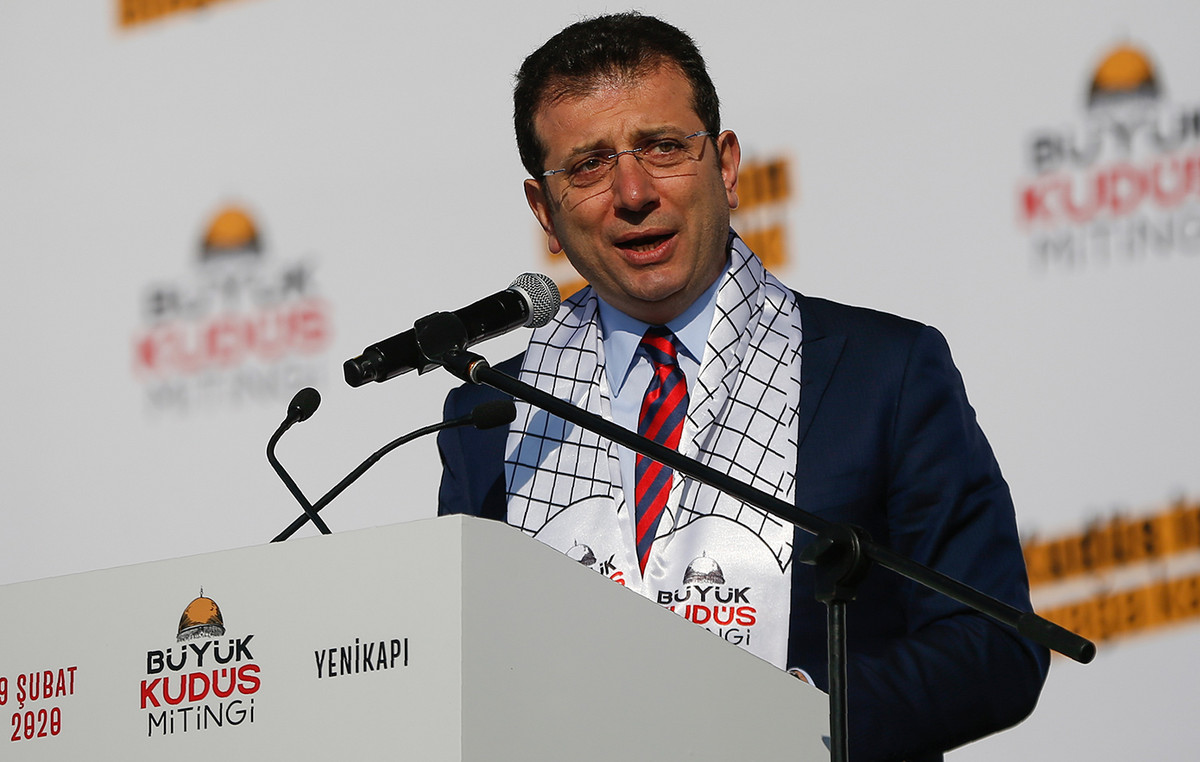- Indian Rupee struggles near record lows due to foreign selling in Indian stocks.
- Prime Minister Modi is expected to meet Chinese President Xi Jinping during the BRICS Summit.
- The Indian Rupee could maintain its bearish trend if the RBI intervenes in the market by selling US dollars.
The Indian Rupee (INR) remains stable against the US Dollar (USD) on Tuesday, supported by the possibility of market interventions by the Reserve Bank of India (RBI) that have helped the INR withstand the outflows of capital and the strength of the dollar.
However, continued foreign selling continues to put pressure on the INR, while concerns over the conflict in the Middle East have impacted risk-sensitive currencies. Foreign capital outflows from Indian stocks are likely to persist as investors shift funds from India to China, attracted by recent stimulus measures and relatively lower valuations.
Prime Minister Narendra Modi has left for Russia to participate in the 16th BRICS Summit in Kazan. During the visit, Modi is scheduled to hold bilateral talks with Russian President Vladimir Putin. He is also expected to meet with Chinese President Xi Jinping and hold discussions with leaders of the other BRICS member countries.
Daily Market Summary: Indian Rupee under downward pressure on foreign capital outflows
- The US Dollar (USD) gained support following a rise in US Treasury yields, which rose more than 2% on Monday. This increase was driven by signs of economic resilience and growing concerns about a possible resurgence of inflation in the United States, reinforcing expectations for tighter monetary policy.
- According to the CME FedWatch tool, the probability of a 25 basis point rate cut in November is 89.1%, with no expectation of a cut larger than 50 basis points.
- Federal Reserve Bank of Minneapolis President Neel Kashkari noted Monday that the Fed is closely monitoring the U.S. labor market for signs of rapid destabilization. Kashkari warned investors to anticipate a gradual pace of rate cuts in the coming quarters, suggesting that any monetary easing will likely be moderate rather than aggressive.
- Foreign institutional investors have sold about $10 billion in Indian stocks so far in October, surpassing the previous monthly record of $8.35 billion set in March 2020, according to a Reuters report.
- The Reserve Bank of India stated in its October bulletin that aggregate demand in India is expected to recover from the temporary slowdown seen in the second quarter, driven by an increase in festive demand and an increase in consumer confidence. .
Technical Analysis: USD/INR stays above 84.00, near all-time highs
The USD/INR pair is trading around 84.10 on Tuesday. An analysis of the daily chart indicates that the pair is consolidating within an ascending channel pattern, suggesting a bullish bias. The 14-day Relative Strength Index (RSI) remains above the 50 level, further confirming the prevailing bullish momentum.
In terms of resistance, the USD/INR pair could face a hurdle at its all-time high of 84.14, reached on August 5, followed by the upper boundary of the ascending channel at the level of 84.20.
To the downside, immediate support appears at the nine-day EMA around the 84.01 level, which aligns with the lower boundary of the ascending channel near the psychological level of 84.00.
USD/INR: Daily Chart
Indian Rupee FAQs
The Indian Rupee (INR) is one of the currencies most sensitive to external factors. The price of crude oil (the country relies heavily on imported oil), the value of the US Dollar (most trade is done in US dollars), and the level of foreign investment are all influential factors. The direct intervention of the Reserve Bank of India (RBI) in the foreign exchange markets to keep the exchange rate stable as well as the level of interest rates set by the RBI are other important factors influencing the Rupee. .
The Reserve Bank of India (RBI) actively intervenes in foreign exchange markets to maintain a stable exchange rate and help facilitate trade. Additionally, the RBI tries to keep the inflation rate at its target of 4% by adjusting interest rates. Higher interest rates tend to strengthen the Rupee. This is due to the role of the “carry trade”, in which investors borrow in countries with lower interest rates to park their money in countries that offer relatively higher interest rates and profit from the difference.
Macroeconomic factors that influence the value of the Rupee include inflation, interest rates, economic growth rate (GDP), trade balance and foreign investment inflows. A higher growth rate can lead to more investment abroad, increasing demand for the Rupee. A less negative trade balance will eventually lead to a stronger Rupee. Higher interest rates, especially real rates (interest rates minus inflation) are also positive for the Rupee. A risk environment can lead to higher inflows of foreign direct and indirect investment (FDI and FII), which also benefit the Rupee.
Higher inflation, particularly if it is comparatively higher than other countries, is generally negative for the currency as it reflects a devaluation through excess supply. Inflation also increases the cost of exports, leading to more rupees being sold to buy foreign imports, which is negative for the Indian Rupee. At the same time, higher inflation usually leads the Reserve Bank of India (RBI) to raise interest rates and this can be positive for the Rupee, due to increased demand from international investors. The opposite effect applies to lower inflation.
Source: Fx Street
I am Joshua Winder, a senior-level journalist and editor at World Stock Market. I specialize in covering news related to the stock market and economic trends. With more than 8 years of experience in this field, I have become an expert in financial reporting.








